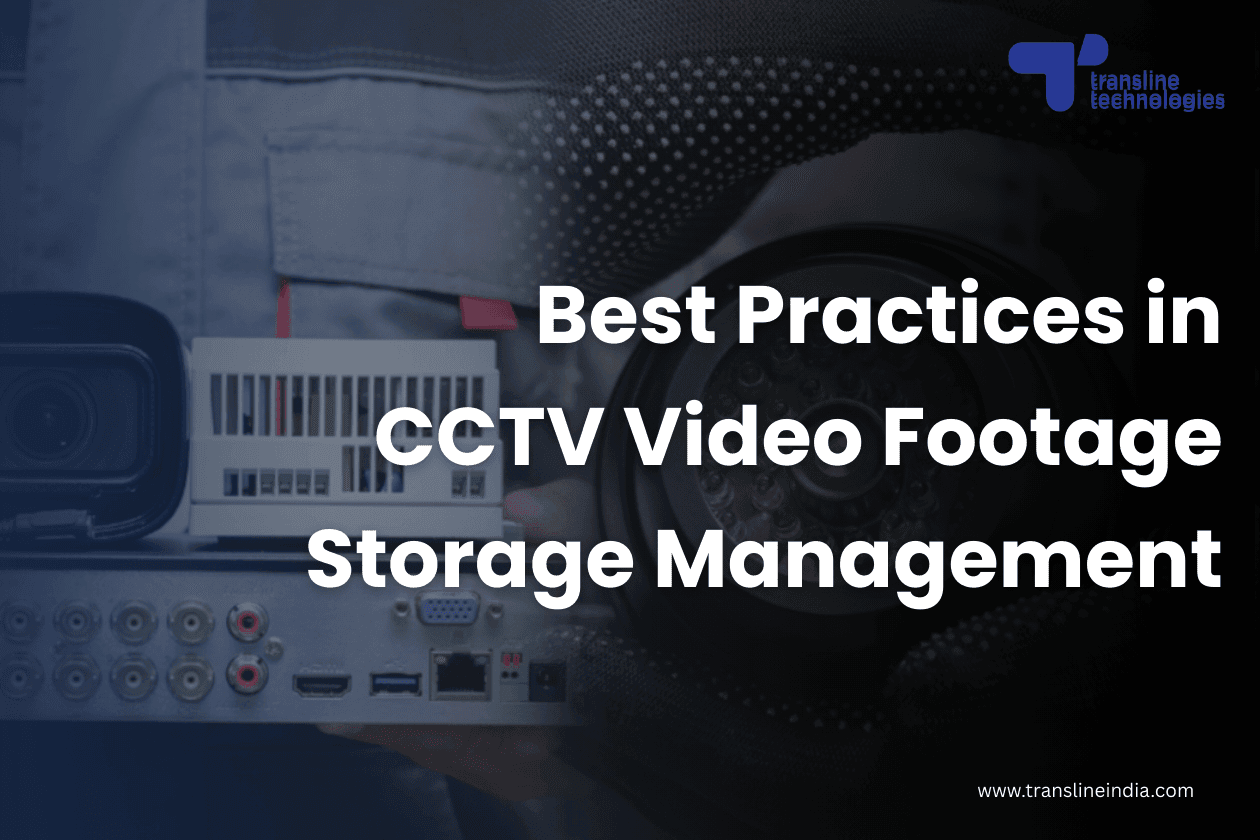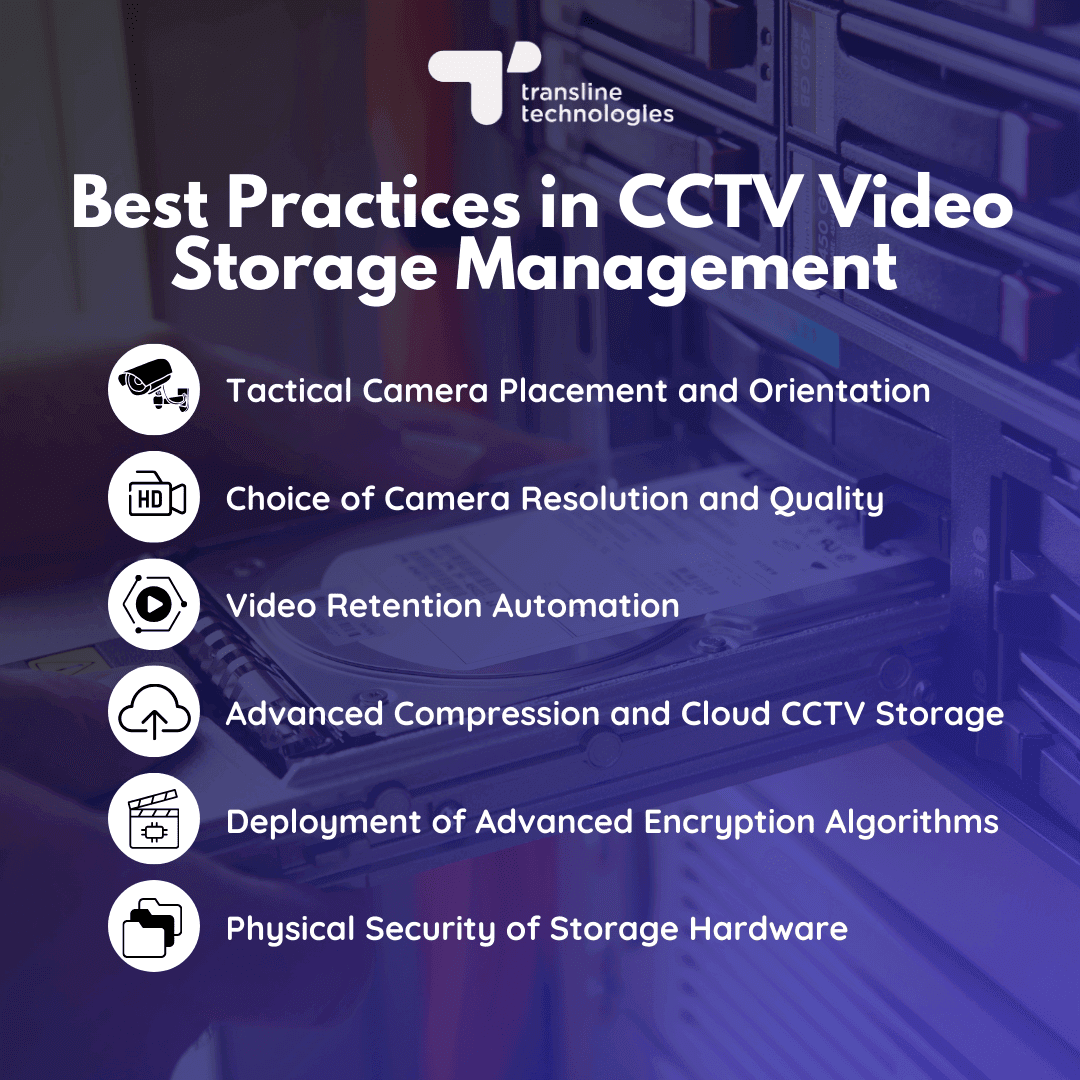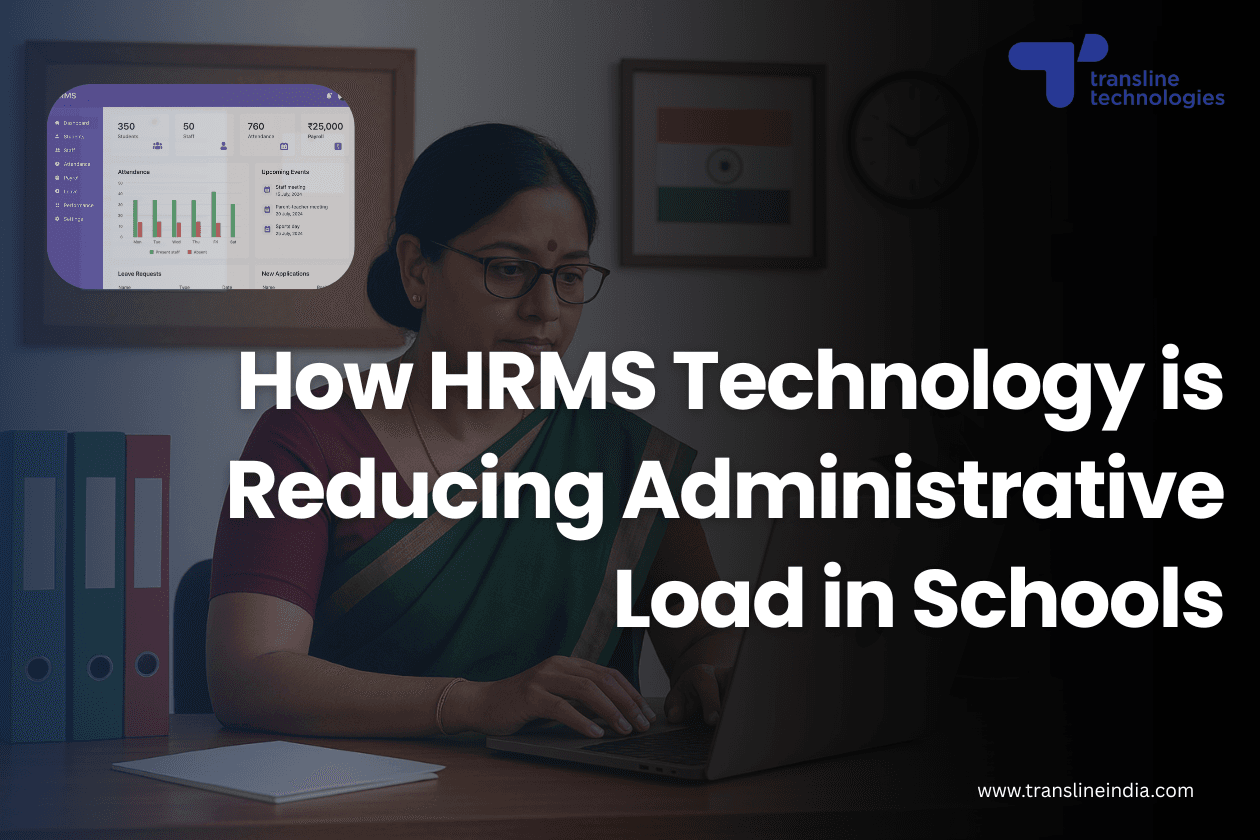
With growing crime rates and workplace accidents across the country, the need for CCTV camera surveillance has been rising at an unprecedented rate among businesses and Government organisations. Interestingly, the market penetration has been higher in the Tier-I and Tier-II cities, driven primarily by demand in the Railways, traffic management and the healthcare space. According to a report by Mordor Intelligence, the CCTV Camera market size in India is estimated to grow at 20.60% CAGR from 2025 to 2030.
With the growing adoption of CCTV cameras, the need for CCTV storage management infrastructure is also picking up at a fast pace. However, many decision-makers responsible for deploying CCTV systems in offices and public spaces often face uncertainty and a lack of awareness when it comes to managing CCTV footage storage effectively. In this article, we have covered the fundamentals of CCTV footage storage management, the best practices for CCTV video storage, and the legal aspects of surveillance camera storage management.
Basics of CCTV Storage Management
CCTV storage management involves reducing the size of video files to optimize storage space and cost. This is mainly achieved through video compression, which eliminates redundant data while preserving essential footage. The two primary methods—Interframe compression and Intraframe compression —impact how video quality and storage efficiency are balanced. Key factors influencing storage requirements include video resolution, bitrate, compression type, number of cameras, and the duration for which footage is retained. While compression helps reduce storage needs, it may also pose challenges like quality loss or limited compatibility with advanced video analytics tools. Proper planning ensures a balance between storage efficiency and surveillance effectiveness.
Best Practices in Video Storage Management for CCTV Surveillance
While every CCTV storage management service provider follows its own set of policies, we have broadly summarised some of the best practices that are followed industrywide, in the Indian context. Adhering to these CCTV storage management best practices will help you cut down on storage costs, avoid legal challenges and ensure optimum utilisation of your CCTV hardware infrastructure.
Tactical Camera Placement and Orientation
By orienting the CCTV cameras tactically to maximise the span of surveillance, and cover critical areas of risk, significant cost savings can be realised, in terms of the number of cameras for which footages need to be stored. For instance, if there are two entry gates side by side, a single CCTV camera can be strategically fitted to an overhanging beam in the middle at an optimal angle to cover the entire perimeter. Similarly, placing the cameras at an optimal height of around 8 feet to 12 feet above the ground and adjusting the angle to around 35 to 40-degrees, depending on the application, reduce the need for installing multiple cameras, and hence the number of feeds whose data needs to be stored. Motion detection and Person detection features further enable optimal usage of the cameras.
Choice of Camera Resolution and Quality
Depending on the sphere of application, and the specific use-case, organisations choose a certain camera resolution. However this has a direct impact on the volume of data (the video feed) generated – higher megapixel cameras capture more data per frame, and hence require greater storage space. The popular resolutions for CCTV cameras in India are – 1080p (2MP), 2K (4MP) and 4K (8MP). It is recommended to use the lowest possible resolution for generic applications so that impact on storage costs is minimal.
Video Retention Automation
The number of days for which the CCTV video needs to be stored or retained determines the storage capacity required. Since the video footage is usually mandated to be stored for 90 days, the older footage data needs to be deleted from the storage after the retention period. By automating the deletion process, significant cost savings can be realised, and the risk of missing the deletion of older data is mitigated. This automation can be more easily configured when the organisation has employed cloud storage for CCTV cameras.

Advanced Compression and Cloud Based CCTV Storage
It is important to combine advanced video compression algorithms with cloud storage for CCTV cameras to achieve scalability and cost-effectiveness. Cloud based CCTV storage offers remote access and easy disaster recovery, while being more pocket-friendly for lower storage volume requirements (where installing on-premise storage systems can prove to be costly). CCTV storage compression solutions help to compress video size in real-time and thereby reduce storage capacity requirements.
Deployment of Advanced Encryption Algorithms
Since CCTV camera video footage is a very sensitive form of content, it needs to be stored in an encoded format, with limited access to only authorised administrators of the cloud based CCTV storage. It is also critical from a security perspective as unprotected footage can be tampered with or deleted from the storage, thereby making it unavailable for future reference.
Encryption has four broad functions:
- Authentication of the video footage’s origin (which camera is the source)
- Privacy and Confidentiality of the footage
- Integrity and Quality of the footage to ensure it has not been morphed.
- Non-denial of the source (also known as Nonrepudiation)
To log into the CCTV footage storage, an access key (or sometimes multiple layers of authentication) is required to decrypt the data. Some of the popular CCTV footage encryption standards are:
- Rivest–Shamir–Adleman (RSA) algorithm
- Quantum Key Distribution (QKD)
- Data Encryption Standard (DES)
- Triple Data Encryption Standard (Triple DES)
- Advanced Encryption Standard (AES)
- Diffie-Hellman Key Exchange
- Blowfish Encryption
- Elliptic Curve Cryptography (ECC)
Physical Security of Storage Hardware
The CCTV recording and storage equipment such as hard-disks, switches, power supplies, cables etc must be secured with locked network racks, armoured ducts and sun & rain-shields. Some applications, such as Police Control Rooms, Election Strong Rooms etc. mandate special security provisions such as proximity sensors, alerting mechanisms etc.
Legal Aspects of CCTV Footage Storage Management
In India, storing CCTV footage for public or commercial purposes requires explicit consent and stringent compliance with data protection and privacy standards, including GDPR. CCTV footage storage in India is governed by the Information Technology Act, 2000, The Information Technology (Intermediary Guidelines and Digital Media Ethics Code) Rules, 2021 and the laws of the respective States of India.
Normally, businesses store CCTV footage upto 90 days but some security and public safety applications may require storage beyond that period, may be upto 120 days or 180 days. The longer the duration of CCTV footage storage, the greater the capacity requirements of cloud storage for CCTV camera. The algorithms used to compress video size are also subject to patents and other regulatory provisions.
Redefining CCTV Footage Storage Management with CAMSTORE
At Transline Technologies, we are committed to building reliable storage management solutions. Our CAMSTORE solution optimises video data to help you save up to 90% on storage without compromising video quality and data integrity. With advanced compression algorithms, it enables organizations to compress video size and store large volumes of high-quality footage efficiently and cost-effectively. CAMSTORE is compatible with existing CCTV hardware infrastructure, scalable and allows for integration with cloud.
Connect with our Solutions Team today to understand how you can implement the best practices in CCTV video footage storage management, and optimise storage costs.



